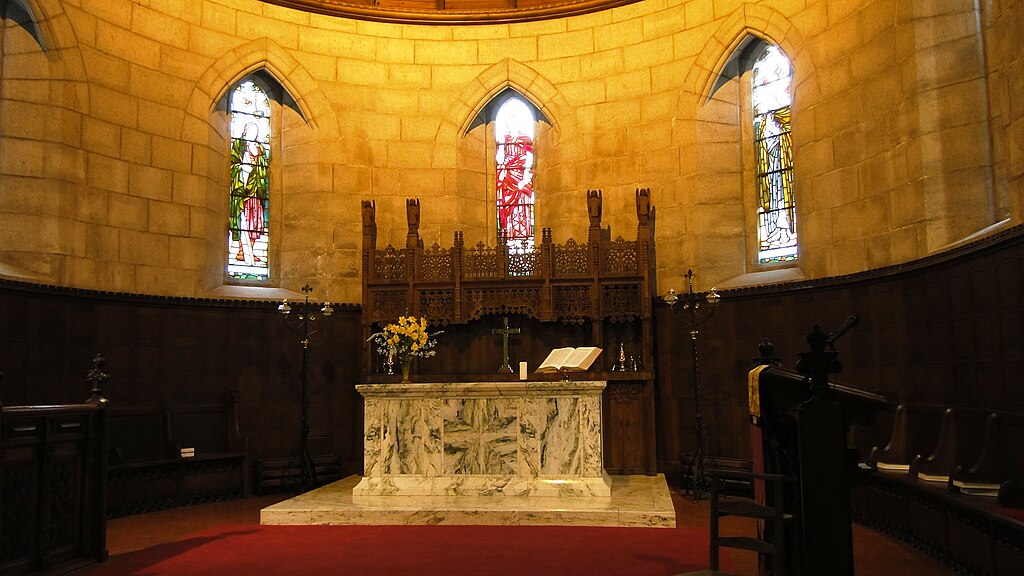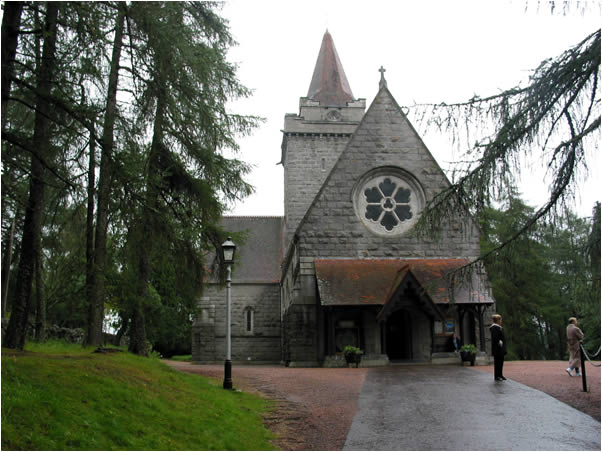I was looking for information of an Apostle to Scotland and found this on a Norwegian site.
I was thrilled, for I like this hardly known saint of this day, or tomorrow, depending on the calendar one has, St. Manirus of Scotland.
Excuse google translate, unless one of my Norwegian readers would like to have a go...
http://www.katolsk.no/biografier/historisk/maniskott
The Holy Manirus (Manira, Monir, mini, Nini) was born sometime on 700 in Scotland. He was one of the apostles of northern Scotland and is said to have been one of the holy Drostan s successors Deer, and he should have had a foundation in the district structured as Aberdour. But his main activity sphere was in upper Deeside, in the district Crathie, where he established his church. His work looks mainly to have been among the converts inhabitants in the Highlands , the mountainous area north of Glasgow and Stirling in Scotland, often associated with Gaelic culture.
Manirus was a strong opponent of the idolatrous or superstitious practices among the barbaric people he preached to, used to introduce into their cultivation of God. It is said that he restrained the many dialects as spoken in the district where he lived, to be able to preach the faith to all.
Manirus' foundation is Rhynabaich, a knoll north of North Deeside Road in the district Crathie. A single standing stone is all that is left of Manirus' settlement, but the local place names that are eaglais , "church creek" Creag eaglais , "church hill" pollmanire , "Manirus' sculptures" - a deep salmon sculpture of the River Dee almost opposite Balmoral Castle - reminiscent of the activities of this almost forgotten saint. The old church site in Crathie, south of the present Crathie Kirk, is under his invocation.
Manirus should have been subjected to persecution, but he did not receive the crown of martyrdom. He therefore occurs in the calendars as a confessor, not a martyr. He died in 824, and it is believed that he was buried in his church in Crathie. His memorial is December 19, but December 18 is also mentioned. He was especially venerated in Crathie and Balvenie. He was the last of the Celtic apostles who brought the gospel to Deeside, some writers let him share this honor with the sacred Devenick , although their foundations were far apart. Most, however, believe Devenick lived several centuries earlier, in the 500's.
 |
| http://upload.wikimedia.org/wikipedia/commons/thumb/9/9e/Crathie_QE2_89.jpg/1024px-Crathie_QE2_89.jpg |
Here is a snippet from Wiki on this:
Crathie has been a place of Christian worship since the 9th century when a church was founded on the banks of the River Dee by Saint Manire (Bishop of Aberdeenshire and Banffand a follower of Saint Columba, the pioneer of Christianity in Scotland). It is traditionally held that Manire baptised Pictish converts in a pool of the Dee east of the modern village of Crathie. A single standing stone at Rinabaich is all that remains of Manire's church (where Manire himself is reputedly buried).
 |
| http://upload.wikimedia.org/wikipedia/commons/thumb/4/4a/Crathie_Church_interior.JPG/1024px-Crathie_Church_interior.JPG |
Subsequent places of worship were situated further west, near the location of present day Crathie village. The ruins of a 13th-century church, dedicated to Saint Manire, stand on the riverbank south of the current structure.
 |
| http://upload.wikimedia.org/wikipedia/commons/b/bc/CrathieKirk01.jpg |
A later church was built at the current site in 1804. Queen Victoria worshipped there from 1848, and every British monarch since has worshipped at Crathie Kirk. Victoria laid the foundation stone for a new, much larger, church in 1893. Queen Victoria's decision to worship at the Crathie Kirk initially caused a scandal, particularly when it was discovered that she had received communion there, because she was head of the Church of England. Victoria asserted that as Queen of Scotland, she was also entitled to worship in a Scottish church, and further, Crathie is the closest church to Balmoral Castle.
